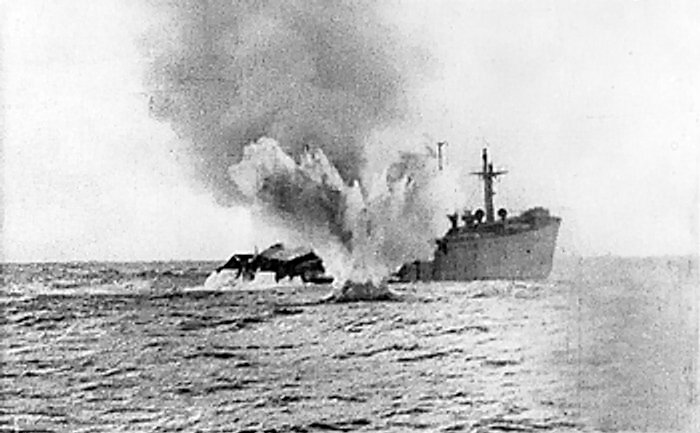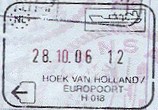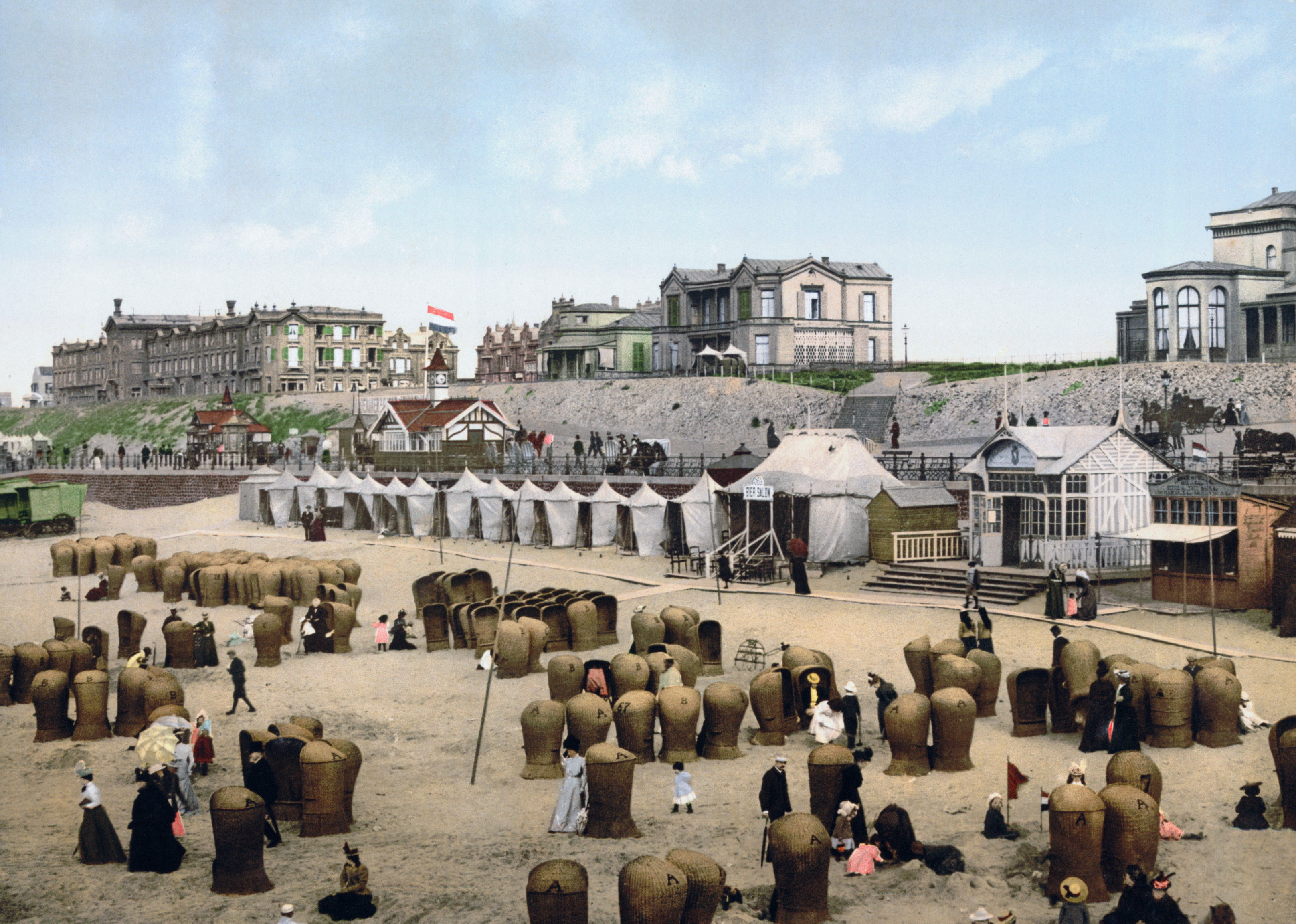|
HMS Malcolm (D19)
HMS ''Malcolm'' was one of eight Admiralty-type destroyer leaders (known as ''Scott''-class destroyers) built for the Royal Navy during World War I. She was the first of only two Royal Navy ships to carry the name ''Malcolm'', although was originally planned to bear the name. She was one of two Admiralty-type leaders to miss the First World War (the other being ) but saw service in, and survived, the Second World War. Her pennant number was changed from D19 to I19 in May 1940. She was broken up in 1945. Construction In April 1916, an Admiralty type destroyer prototype () was ordered in what would unofficially become known as the ''Scott'' class. Two more were ordered in December of that year, and in April 1917, ''Malcolm'' and four others were ordered. Cammell Laird built most of the class, including ''Malcolm''. Although two more were ordered in 1918, they were both cancelled and ''Malcolm'' became the last of the class to be completed. By the time she was launch ... [...More Info...] [...Related Items...] OR: [Wikipedia] [Google] [Baidu] |
Cammell Laird
Cammell Laird is a British shipbuilding company. It was formed from the merger of Laird Brothers of Birkenhead and Johnson Cammell & Co of Sheffield at the turn of the twentieth century. The company also built railway rolling stock until 1929, when that side of the business was separated and became part of the Metropolitan-Cammell Carriage & Wagon Company. History Formation from merger of Laird Company and Cammell & Co. The Laird Company was founded by William Laird, who had established the Birkenhead Iron Works in 1824. When he was joined by his son, John Laird in 1828, their first ship was an iron barge. John realised that the techniques of making boilers could be applied to making ships. The company soon became pre-eminent in the manufacture of iron ships and also made major advances in propulsion. In 1860, John Laird was joined in the business by his three sons, renaming the company John Laird, Sons & Co. The sons continued the business after their father's death in 187 ... [...More Info...] [...Related Items...] OR: [Wikipedia] [Google] [Baidu] |
English Channel
The English Channel, "The Sleeve"; nrf, la Maunche, "The Sleeve" (Cotentinais) or ( Jèrriais), (Guernésiais), "The Channel"; br, Mor Breizh, "Sea of Brittany"; cy, Môr Udd, "Lord's Sea"; kw, Mor Bretannek, "British Sea"; nl, Het Kanaal, "The Channel"; german: Ärmelkanal, "Sleeve Channel" ( French: ''la Manche;'' also called the British Channel or simply the Channel) is an arm of the Atlantic Ocean that separates Southern England from northern France. It links to the southern part of the North Sea by the Strait of Dover at its northeastern end. It is the busiest shipping area in the world. It is about long and varies in width from at its widest to at its narrowest in the Strait of Dover."English Channel". ''The Columbia Encyclopedia'', 2004. It is the smallest of the shallow seas around the continental shelf of Europe, covering an area of some . The Channel was a key factor in Britain becoming a naval superpower and has been utilised by Britain as a natural ... [...More Info...] [...Related Items...] OR: [Wikipedia] [Google] [Baidu] |
E-boats
E-boat was the Western Allies' designation for the fast attack craft (German: ''Schnellboot'', or ''S-Boot'', meaning "fast boat") of the Kriegsmarine during World War II; ''E-boat'' could refer to a patrol craft from an armed motorboat to a large ''Torpedoboot.'' The name of E-boats was a British designation using the letter ''E'' for ''Enemy'', The main wartime production boats, the ''S-100'' class, were very seaworthy, heavily armed and capable of sustaining , briefly accelerating to . These were armed with torpedoes and Flak guns; commonly one 37 mm at the stern, one 20 mm at the bow with a twin mount amidships, plus machine guns. Armament varied and some ''S-100''s substituted a 40mm Bofors or, less commonly, a 20mm ''flakvierling'' mount for the aft 37mm cannon. The ''S-100''-class boats were long and in beam. Their diesel engines provided a range of , substantially greater than the gasoline-fueled American PT boats and British motor torpedo boats (MTBs). ... [...More Info...] [...Related Items...] OR: [Wikipedia] [Google] [Baidu] |
Naval Trawler
Naval trawlers are vessels built along the lines of a fishing trawler but fitted out for naval purposes; they were widely used during the First and Second World Wars. Some—known in the Royal Navy as "Admiralty trawlers"— were purpose-built to naval specifications, others adapted from civilian use. Fishing trawlers were particularly suited for many naval requirements because they were robust vessels designed to work heavy trawls in all types of weather, and had large clear working decks. A minesweeper could be created by replacing the trawl with a mine sweep. Adding depth charge racks on the deck, ASDIC sonar below, and a or gun in the bow equipped the trawler for anti-submarine duties. History Armed trawlers were also used to defend fishing groups from enemy aircraft or submarines. The smallest civilian trawlers were converted to danlayers. Contemporary Some nations still use armed trawlers for fisheries protection and patrol. The Indian Navy used naval trawler ... [...More Info...] [...Related Items...] OR: [Wikipedia] [Google] [Baidu] |
Kriegsmarine
The (, ) was the navy of Germany from 1935 to 1945. It superseded the Imperial German Navy of the German Empire (1871–1918) and the inter-war (1919–1935) of the Weimar Republic. The was one of three official branches, along with the and the , of the , the German armed forces from 1935 to 1945. In violation of the Treaty of Versailles, the grew rapidly during German naval rearmament in the 1930s. The 1919 treaty had limited the size of the German navy and prohibited the building of submarines. ships were deployed to the waters around Spain during the Spanish Civil War (1936–1939) under the guise of enforcing non-intervention, but in reality supported the Nationalists against the Spanish Republicans. In January 1939, Plan Z, a massive shipbuilding program, was ordered, calling for surface naval parity with the British Royal Navy by 1944. When World War II broke out in September 1939, Plan Z was shelved in favour of a crash building program for submarines ( U-b ... [...More Info...] [...Related Items...] OR: [Wikipedia] [Google] [Baidu] |
Distinguished Service Order
The Distinguished Service Order (DSO) is a military decoration of the United Kingdom, as well as formerly of other parts of the Commonwealth, awarded for meritorious or distinguished service by officers of the armed forces during wartime, typically in actual combat. Since 1993 it has been awarded specifically for 'highly successful command and leadership during active operations', with all ranks being eligible. History Instituted on 6 September 1886 by Queen Victoria in a royal warrant published in '' The London Gazette'' on 9 November, the first DSOs awarded were dated 25 November 1886. The order was established to reward individual instances of meritorious or distinguished service in war. It was a military order, until recently for officers only and typically awarded to officers ranked major (or equivalent) or higher, with awards to ranks below this usually for a high degree of gallantry, just short of deserving the Victoria Cross. Whilst normally given for servi ... [...More Info...] [...Related Items...] OR: [Wikipedia] [Google] [Baidu] |
Sir Thomas Halsey, 3rd Baronet
Sir Thomas Edgar Halsey, 3rd Baronet, DSO (28 November 1898 – 30 August 1970) was an English cricketer, naval officer (1916–1946), and Deputy Lieutenant of Hertfordshire. A right-handed batsman and right-arm fast bowler, he played first-class cricket between 1920 and 1928 and also represented the Egypt national cricket team.Teams played for by Thomas Halsey at CricketArchive Early life Born in in 1898, Halsey was the elder son of , and his wife Agne ...[...More Info...] [...Related Items...] OR: [Wikipedia] [Google] [Baidu] |
England
England is a country that is part of the United Kingdom. It shares land borders with Wales to its west and Scotland to its north. The Irish Sea lies northwest and the Celtic Sea to the southwest. It is separated from continental Europe by the North Sea to the east and the English Channel to the south. The country covers five-eighths of the island of Great Britain, which lies in the North Atlantic, and includes over 100 smaller islands, such as the Isles of Scilly and the Isle of Wight. The area now called England was first inhabited by modern humans during the Upper Paleolithic period, but takes its name from the Angles, a Germanic tribe deriving its name from the Anglia peninsula, who settled during the 5th and 6th centuries. England became a unified state in the 10th century and has had a significant cultural and legal impact on the wider world since the Age of Discovery, which began during the 15th century. The English language, the Anglican Church, and Engli ... [...More Info...] [...Related Items...] OR: [Wikipedia] [Google] [Baidu] |
Dunkirk
Dunkirk (french: Dunkerque ; vls, label=French Flemish, Duunkerke; nl, Duinkerke(n) ; , ;) is a commune in the department of Nord in northern France.Commune de Dunkerque (59183) INSEE It lies from the Belgian border. It has the third-largest French harbour. The population of the commune in 2019 was 86,279. Etymology and language use The name of Dunkirk derives from ' dune' or '' and 'church', thu ...[...More Info...] [...Related Items...] OR: [Wikipedia] [Google] [Baidu] |
Dunkirk Evacuation
The Dunkirk evacuation, codenamed Operation Dynamo and also known as the Miracle of Dunkirk, or just Dunkirk, was the evacuation of more than 338,000 Allies of World War II, Allied soldiers during the World War II, Second World War from the beaches and harbour of Dunkirk, in the north of French Third Republic, France, between 26 May and 4 June 1940. The operation commenced after large numbers of Belgian Armed Forces, Belgian, British Army, British, and French Army, French troops were cut off and surrounded by German Army (1935–1945), German troops during the six-week Battle of France. In a speech to the House of Commons of the United Kingdom, House of Commons, British Prime Minister Winston Churchill called this "a colossal military disaster", saying "the whole root and core and brain of the British Army" had been stranded at Dunkirk and seemed about to perish or be captured. In his "We shall fight on the beaches" speech on 4 June, he hailed their rescue as a "miracle of delive ... [...More Info...] [...Related Items...] OR: [Wikipedia] [Google] [Baidu] |
Hook Of Holland
Hook of Holland ( nl, Hoek van Holland, ) is a town in the southwestern corner of Holland, hence the name; ''hoek'' means "corner" and was the word in use before the word ''kaap'' – "cape", from Portuguese ''cabo'' – became Dutch. The English translation using Hook is a false cognate of the Dutch Hoek, but has become commonplace (in official government records in English, the name tends not to get translated and Hoek van Holland is used). It is located at the mouth of the New Waterway shipping canal into the North Sea. The town is administered by the municipality of Rotterdam as a district of that city. Its district covers an area of 16.7 km2, of which 13.92 km2 is land. On 1 January 1999 it had an estimated population of 9,400. Towns near "the Hook" ( nl, "de Hoek") include Monster, 's-Gravenzande, Naaldwijk and Delft to the northeast, and Maassluis to the southeast. On the other side of the river is the Europort and the Maasvlakte. The wide sandy beach, one secti ... [...More Info...] [...Related Items...] OR: [Wikipedia] [Google] [Baidu] |
Scheveningen
Scheveningen is one of the eight districts of The Hague, Netherlands, as well as a subdistrict (''wijk'') of that city. Scheveningen is a modern seaside resort with a long, sandy beach, an esplanade, a pier, and a lighthouse. The beach is popular for water sports such as windsurfing and kiteboarding. The harbour is used for both fishing and tourism. History The earliest reference to the name ''Sceveninghe'' goes back to around 1280. The first inhabitants may have been Anglo-Saxons. Other historians favour a Scandinavian origin. Fishing was the main source of food and income. The Battle of Scheveningen was fought between English and Dutch fleets off the coast of the village on 10 August 1653. Thousands of people gathered on the shore to watch. Montagu's flagship picked up the English king at Scheveningen in order to accomplish the Restoration. A road to neighbouring The Hague was constructed in 1663 (current name: Scheveningseweg). In 1470, a heavy storm destr ... [...More Info...] [...Related Items...] OR: [Wikipedia] [Google] [Baidu] |





_-_Tallinn_Museum_of_Orders.jpg)


